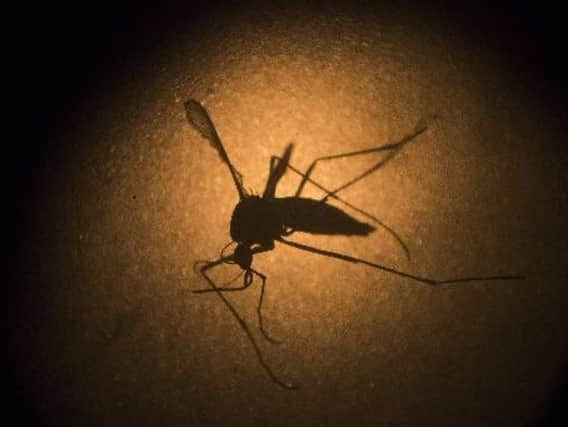The big five: Diseases which could threaten the world in 2017


Parasites, viruses and a bacterium are among the potential pandemics as their number of cases increase.
They have become more prevalent due to the movement of people and the identification of more 'zoonotic' diseases - when an illness is transferred from animals to humans.
Advertisement
Hide AdAdvertisement
Hide AdOther diseases which have spent time in the spotlight in recent years include Zika in 2015, Ebola in 2014, swine flu in 2009, SARS in 2003 and the West Nile virus in 1999. Incidences are monitored by the World Health Organisation's Disease Outbreak News.
The ones to watch in 2017 are:
- Leishmaniasis. Nicknamed the 'Aleppo boil', this parasitic skin infection has broken out among Syrian refugees. It produces disfiguring ulcers, and can occasionally be fatal. It has spread to Europe through the movement of migrants. Caused by the bite of the sandfly, there is a geographic limit to its spread.
- Rift Valley fever. An African virus spread by insects, but cannot be transmitted between humans. Believed to originate from livestock. The death rate is one per cent, but it can lead to internal bleeding, liver failure, brain inflammation and blindness. Cases are likely to be discovered abroad as local populations travel.
Oropouche. A virus spread by mosquitoes; in this case, the widespread Culex variety. It has expanded from the Amazon into other parts of South America, leading to concern it could become the 'new Zika'. Causes fever, headaches and vomiting, but can lead to meningitis.
Advertisement
Hide AdAdvertisement
Hide AdMayaro. Causes fever, pains and a rash, and broke out in Haiti due to the post-earthquake chaos and collapse of health services in 2010. Also spread by mosquito bites.
Elizabethkingia. A bacterium; although cases are not on the increase, potential antibiotic resistance to it is a concern. It presents in a variety of forms, including pneumonia, meningitis and sepsis, and is found worldwide.
Although the threat of these diseases becoming global pandemics is small, their increased prevalence in conflict zones is a warning of the consequences of a breakdown in civil society.